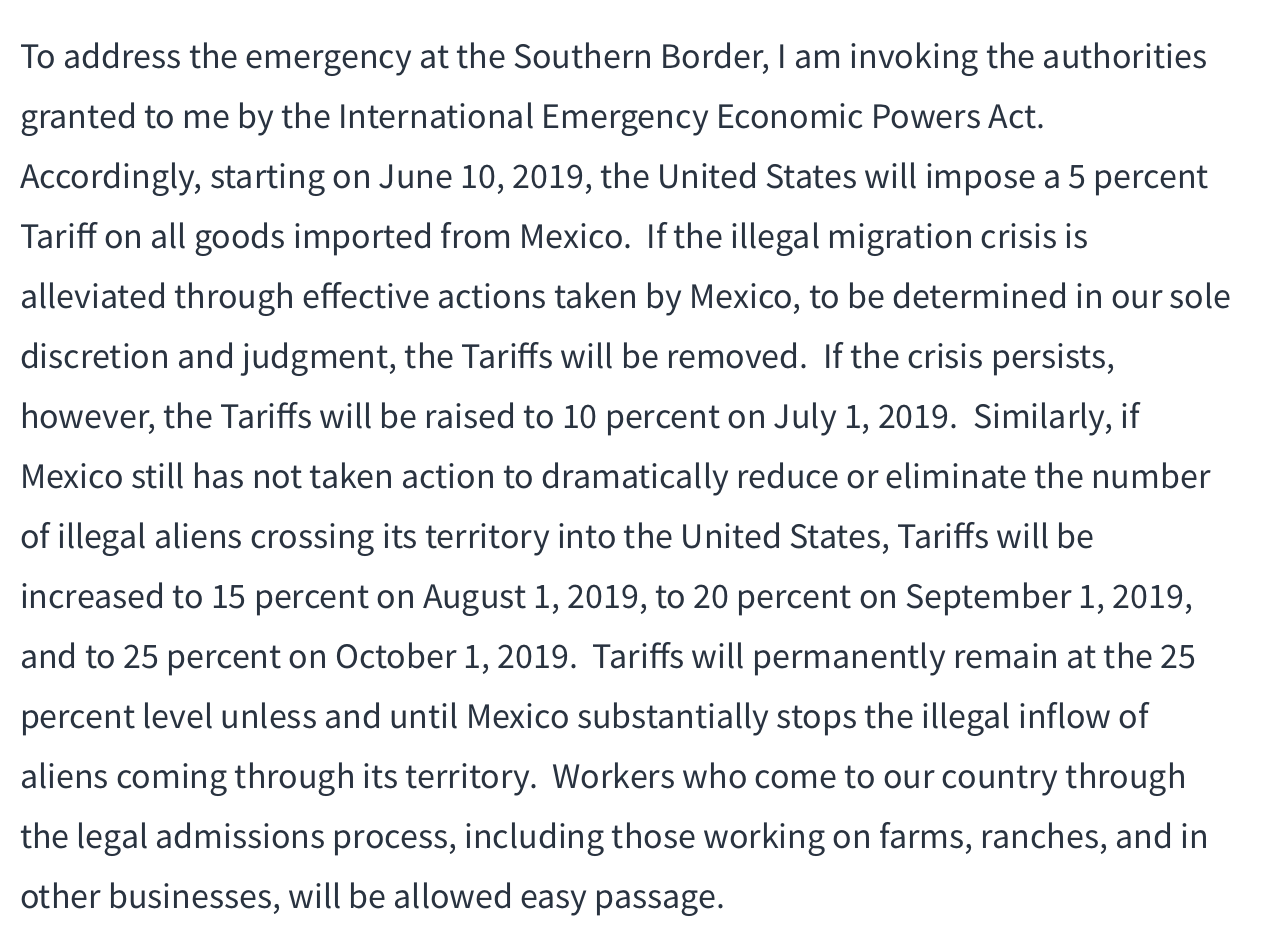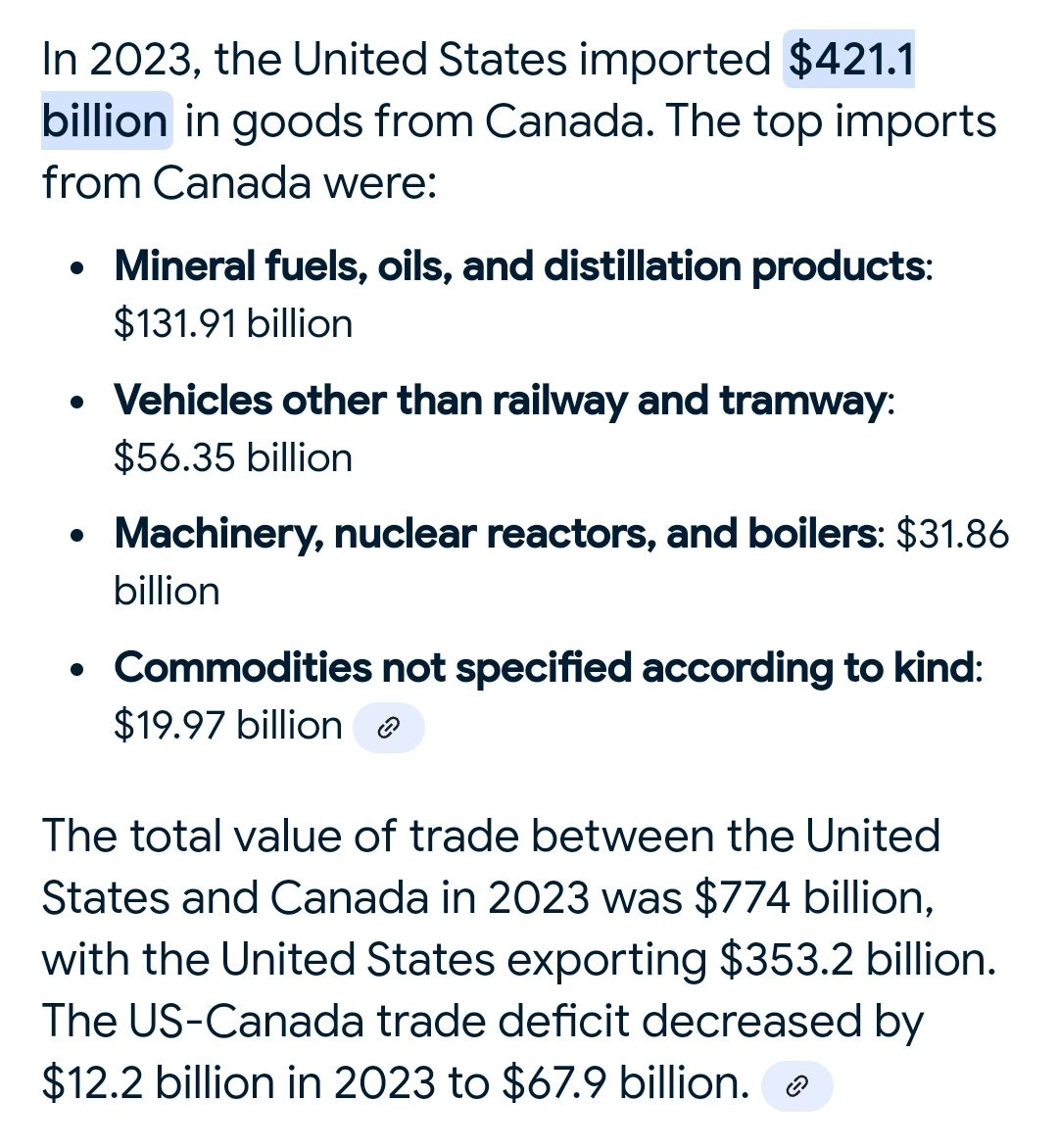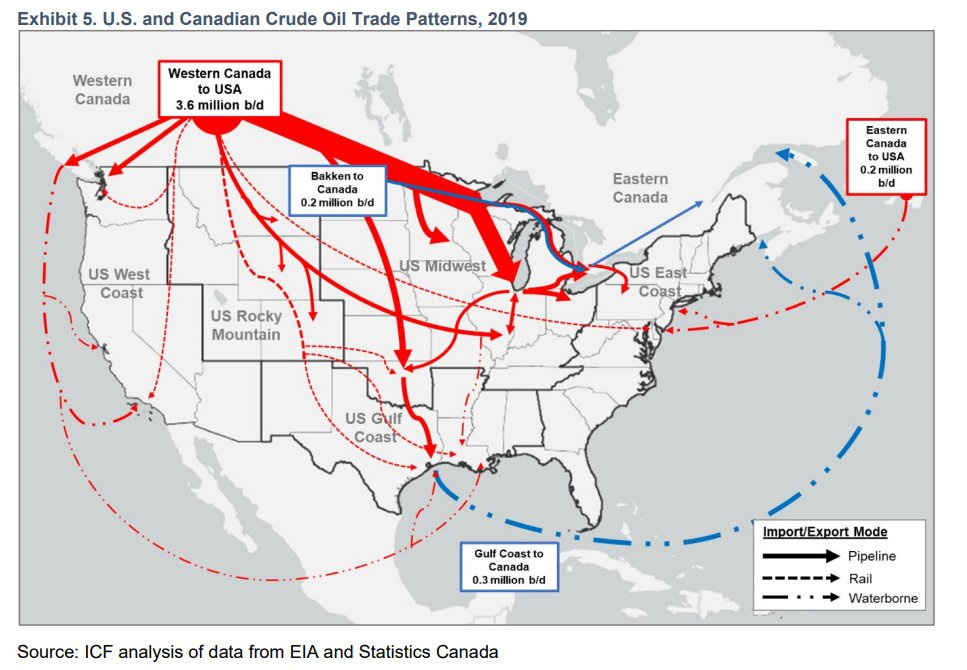Trumpdate (11.26.24):
tariffs and troublesome trainings
EXECUTIVE SUMMARY:
NEWS NEWS
Legal Bombshell: Jack Smith drops all federal charges against Trump after his re-election.
Trade War Threat: Trump proposes 25% tariff on all Canadian and Mexican imports.
NOT NEWS NEWS
Political Fundraising: Tulsi Gabbard's PAC raises $1.9 million but spends most on operating expenses.
Nonprofit Scandal: D.C. Attorney General sues activist for misusing $75K of charity funds.
Political Shift: Groups moving toward Republicans under Trump's influence.
Crime Study: Research finds gay men commit very little violent crime.
Fiscal Challenge: Massive cuts needed to bring US deficits down to 3% of GDP.
Migration Trend: Blue states experiencing significant population exodus.
DEI Controversy: Study suggests DEI training may increase perception of bias without evidence.
1.) NBC: Jack Smith files to drop all federal charges against Donald Trump
Special Counsel Jack Smith dropped all federal charges against President-elect Donald Trump regarding classified documents and election interference after Trump’s re-election. Legal hurdles, including Supreme Court rulings granting presidential immunity and DOJ policy barring prosecution of sitting presidents, prevented the cases from proceeding. Smith’s team cited constitutional challenges and conflicting national interests but affirmed the merit of the charges. Smith plans to resign before Trump’s inauguration, marking a historic moment as Trump prepares to return to office amid ongoing debate over rule of law and presidential accountability.
[TS] I don’t know. I know there are all sorts of legal arguments about “if he drops it without prejudice then maybe they can retry…” but in my opinion: Don’t obey in advance. Don’t do his dirty work for him. Oh he would fire you and drop the case anyway? Ok, then let HIM do that.
2.) Trump says he will implement a 25% tariff on Canada and Mexico on "ALL products coming into the United States" on his first day taking office.
[TS] A lot to unpack here. To start, this isn’t the first time on this merry-go-round. He threatened similar action against Mexico during his first term: Trump threatened tariffs on all Mexican imports to combat illegal immigration that would start at 5% and eventually ratchet up to 25%:
[TS] So, how serious is he? Who knows. Will he buckle before he even takes office after a few bad days in the market? Time will tell.
The usual cadence from his first term was:
Trump tweets tariff threat
Govts, companies scramble to find a way for Trump to declare victory without big changes
Freakout ends without tariffs
Trump declares victory
So, what happens if he does put a 25% tariff on Canadian/Mexico goods? Recall, tariffs are one of the few powers the President can impose unilaterally.
What would the tax increase look like?
[TS] US buys around $400B in manufactured goods from Mexico and $400B in goods from Canada. $400B + $400B = $800B. $800B x 25% = $200B increase!
[TS] What specific items? There are tons, of course, but to highlight a few:
Fruits and vegetables:
[TS] Then again, who cares about fruit and veggie prices? You think Americans are eating those?
Gas (from Canada):
Gas prices, especially in the Midwest, are influenced by Canadian pipelines that transport crude oil to key refineries across the US. These pipelines are essential for supplying the refineries that produce gasoline and other fuels:
Building costs:
Key materials we rely on from Canada:
$105B in cement/minerals
$28B in lumber/paper
$33B in metals/tools
25% jump on that = $40B
[UPDATE]
[TS] Found a good tariff tracker. Here’s a good history on tariffs, per TaxFoundation:
[UPDATE 2] Trump now wants to add 10% on China too
Per Washington Times: Trump says he’ll impose 25% tariffs on all goods from Canada and Mexico, 10% on China on first day.
[TS] 25% tariffs on Canada and Mexico + 10% tariffs on China will impact the consumer price level if the Fed accommodates.
If the Fed doesn’t accommodate, then the tariffs will reduce wages and profits and the consumer price level will remain fixed.
In both cases, we are poorer.
3.) MotherJones: Tulsi Gabbard Keeps Starting Up PACs. Where Is the Money Going?
Tulsi’s PAC called Defend Freedom, Inc.
Tens of thousands of people contributed to Gabbard’s PAC. Through mid-October it raised $1.9 million, including a $16,552 transfer from another Gabbard PAC called Team Tulsi.
Of all the money it pulled in, Defend Freedom, Inc. devoted only $20,000 to contributions for a small number of candidates,
Where did all the money go? Gabbard’s outfit spent $1.3 million on operating expenses—at least $1 million on fundraising and direct mail, according to its filings with the Federal Election Commission. Like many PACs, it acted mainly as a money-churning machine that generated donations that mostly profited vendors and consultants.
[SEMI-RELATED] Independent UK: Tulsi Gabbard’s history with Russia is even more concerning than you think
4.) NYT: Regulator Sues Anti-Police Activist Who Spent Charity Funds on Himself
The D.C. Attorney General has sued Brandon Anderson, the leader of a nonprofit who sought to abolish police, saying he used $75K from his charity for mansion rentals, luxury clothes and a trip to Cancun.
5.) NYT: Groups that shifted toward Republicans
[TS] Donald Trump, of all people, accomplished this.
6.) Study: Gay men commit very little violent crime
Study by Kevin M. Beaver, Eric J. Connolly, Joseph A. Schwartz, Brian B. Boutwell, J. C. Barnes, Joseph L. Nedelec titled:
Sexual Orientation and Involvement in Nonviolent and Violent Delinquent Behaviors: Findings From the National Longitudinal Study of Adolescent to Adult Health
[TS] Surprisingly, in this study at least, they were lower than woman:
[TS] Nonviolent delinquency was higher than woman, though
[SEMI-RELATED - CRIME] Between 1970 and 2008, there was a reversal of fortune between the U.S. and Europe when it came to crime.
The U.S. started with higher crime rates, but Europe had higher crime rates (minus homicide) by the end of the time series. A large chunk of this was down to incarceration:
[TS] I’ve covered this previously, but a large % of violent crime is committed by a small % of people. As allergic to people are with “three strike” laws, they would curb a big chunk of crime.
I think that’s a large problem with the left. They place too much weight on the well-being of criminals and too little on the people they harm, so they end up opposing long prison sentences even though they would work.
7.) How big of cuts are needed to bring US deficits down to 3% of GDP?
Per Garrett Watson (Tax Foundation):
Treasury Secretary nominee Scott Bessent's "3-3-3" plan proposes bringing US deficits down to 3% of GDP.
If we assume a current policy baseline (including TCJA permanence), how big of a swing in spending or revenue would that be?
Over $2 trillion annually by the early 2030s.
[TS] Oof. 3% of GDP doesn’t sound too difficult until you see the numbers. Even 3% would be challenging…
8.) Domestic state migration
[TS] It’s clear that the blue cities/states are the ones that are poorly governed. If not, why all the foot traffic out of the states? That’s the best way to tell, in my opinion. Chart per arctotherium:
9.) Is DEI training effective?
A study, titled:
INSTRUCTING ANIMOSITY: HOW DEI PEDAGOGY PRODUCES THE HOSTILE ATTRIBUTION BIAS
by NCRI examines the effectiveness of DEI (Diversity, Equity, and Inclusion) training programs and presents findings suggesting unintended negative consequences.
The study examined the effects of DEI training materials (specifically from Ibram X. Kendi and Robin DiAngelo’s writings) on attitudes and behaviors. Researchers exposed participants (423 undergraduates from Rutgers) to DEI narratives and measured outcomes such as perceptions of prejudice, support for punitive measures, and authoritarian tendencies. They used controlled experiments with materials focusing on “anti-oppression” and “anti-racism,” comparing responses to those of control groups exposed to neutral content.
[TS] There’s a lot in here, but I’ll just pick out a few pieces:
The participants who were exposed to the 'racism' scenario imagined more racism into existence. They believed there was a lot more bias and more microaggressions, even though there was nothing.
THE SCENARIO:
RESULTS:
Figure 2 a shows that the anti-oppression intervention from Kendi/DiAngelo influenced participants to impute bias without evidence. Further analysis revealed that exposure to anti-oppression DEI narratives not only influenced participants’ perceptions of racism but also altered their willingness to punish perceived perpetrators.




















